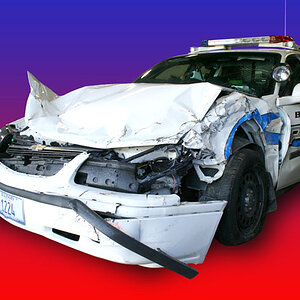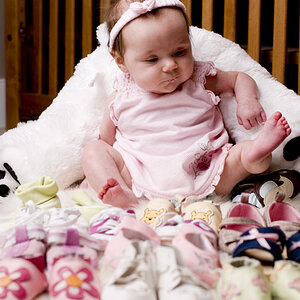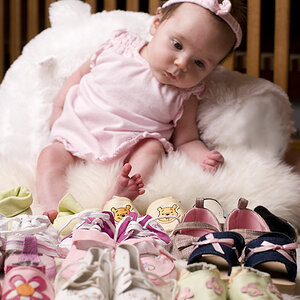FatBear
TPF Noob!
- Joined
- Mar 12, 2012
- Messages
- 25
- Reaction score
- 13
- Location
- Sometimes here and sometimes there.
- Can others edit my Photos
- Photos OK to edit
Yes. Especially if you have or develop a particular style or skill."instruction" of various types, has become a BIG income source over that last 15 years, ranging from skilled amateurs, to journeymen pros, to the most-skilled shooters, in multiple disciples.
A similar opportunity is guiding. People are willing to pay for experiences, travel, etc., and for a guide to help them make the most of their time.
A friend is a professional wildlife photographer who lives near a lake that has a large breeding population of grebes. He once took a famous wildlife photographer out onto a local lake to get some shots of their mating rituals, just as a favor. When they returned the guy said he would have paid a lot of money for such a guided trip. That guiding is now an important part of my friend's income. To do this you need to really know your territory well, how to put the subject in front of your customer, and how to get a great shot every day, regardless of conditions. He is out there, camera in hand, either on the water or along the shore just about every day.
And like every other business, you need to market yourself. I don't actually know all of the marketing venues that my friend uses. But one simple and free thing that I do see is his nextdoor.com postings. Once or twice a week he posts a beautiful shot there and a few thousand people see it. Doesn't sound like a lot of people, but they are all local and have never taken photos of, or even seen, some of the things he shows them. And some want to do it themselves or may recommend him to others. Websites and FB pages are pull oriented. Someone has to come to them. Not good for getting new customers. Nextdoor.com and other places where you can post are push oriented. You can put yourself before others and not wait for them to come to you. Pretty creative.
Oh, and guiding doesn't have to mean wildlife photography. If you are a good street photographer, you could guide that. If you know all of the best scenic angles in your area, you could guide that. Etc.


![[No title]](/data/xfmg/thumbnail/33/33494-b043d63ade80615498faca324203747a.jpg?1619736004)
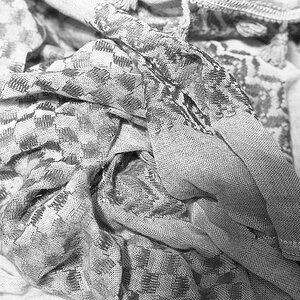
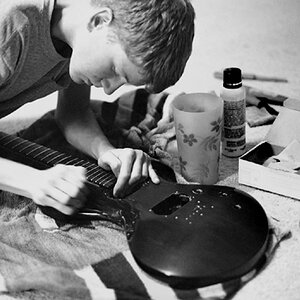
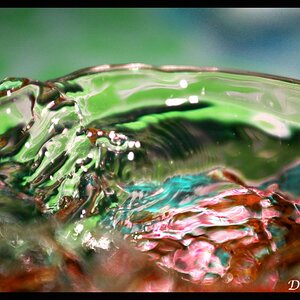


![[No title]](/data/xfmg/thumbnail/40/40287-4f839095000f74d779b90ed75df9dc62.jpg?1619739408)
